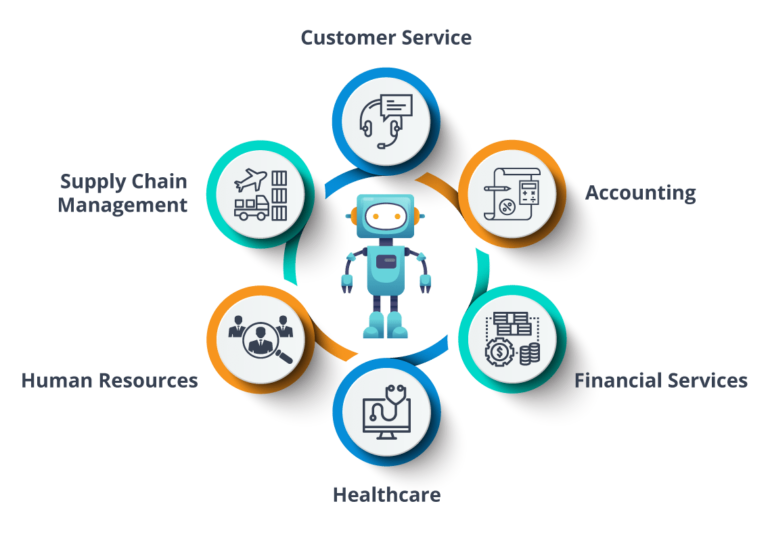Robotic Process Automation (RPA) is a type of technology that allows organizations to automate repetitive, rule-based tasks that are typically performed by humans. RPA is often used to streamline business processes, improve efficiency, and reduce the risk of errors.
RPA systems work by replicating the actions of a human user, interacting with software and other systems in the same way a person would. This can include tasks such as data entry, processing transactions, and responding to customer inquiries. RPA systems are typically programmed to follow a set of rules or a defined process, and they can be trained to handle a wide range of tasks.
One of the main advantages of RPA is that it can significantly reduce the amount of time and effort required to perform repetitive tasks. This can free up employees to focus on more complex and value-added activities, and it can also improve the accuracy and consistency of processes. RPA can also be implemented relatively quickly and inexpensively, making it a attractive option for organizations looking to automate certain processes.
However, RPA is not a replacement for human workers, and it is not suitable for tasks that require judgment, creativity, or problem-solving skills. It is also important for organizations to carefully consider the potential impact of RPA on their workforce, and to ensure that employees are trained and supported to work alongside RPA systems.
In summary, RPA is a useful tool for automating repetitive, rule-based tasks, and it can help organizations to streamline their operations, improve efficiency, and reduce the risk of errors. However, it is important to carefully consider the limitations of RPA, and to ensure that it is used in a way that supports and complements the work of human employees.
In addition to these technical considerations, it is also important to consider the broader organizational and cultural implications of implementing RPA. This may include factors such as the potential impact on the workforce, the need for training and support, and the potential risks and benefits of automation. It is also important to have a clear plan for managing and maintaining the RPA system over time, including monitoring its performance, updating it as needed, and ensuring that it remains compliant with relevant regulations and standards.

Once the appropriate RPA platform and tools have been selected, the next step is to design and implement the automation process. This typically involves defining the rules and processes that the RPA system will follow, and configuring the system to interact with the relevant software and systems. It is important to carefully test and validate the automation process to ensure that it is accurate and reliable, and to make any necessary adjustments.

There are several key factors to consider when implementing RPA in an organization. One of the most important is identifying the processes that are suitable for automation. RPA is most effective for tasks that are predictable, repeatable, and rule-based, and it is generally not suitable for tasks that require judgment, creativity, or problem-solving skills. It is also important to consider the potential impact of RPA on the workforce, and to ensure that employees are trained and supported to work alongside RPA systems.
Another key factor is choosing the right RPA platform and tools. There are a wide range of RPA platforms and tools available, and it is important to select ones that are well-suited to the needs of the organization. This may involve evaluating the capabilities of different platforms, comparing their cost and performance, and considering factors such as scalability, security, and integration with other systems.
In conclusion, implementing RPA in an organization requires careful planning and consideration of a range of factors. By choosing the right RPA platform and tools, designing and implementing an effective automation process, and considering the broader organizational and cultural implications of RPA, organizations can leverage the benefits of automation while minimizing the risks and challenges.

0 Response to "Robotic Process Automation (RPA)"
Post a Comment